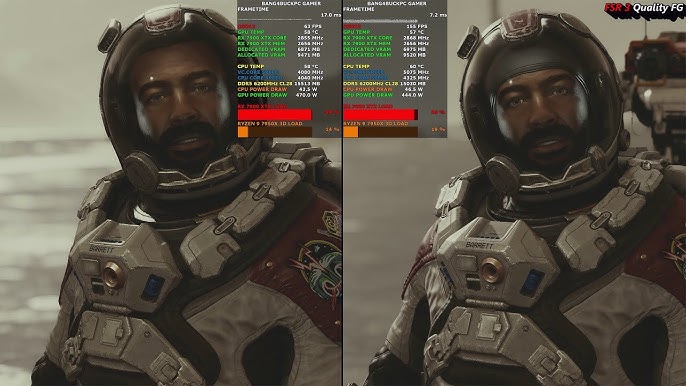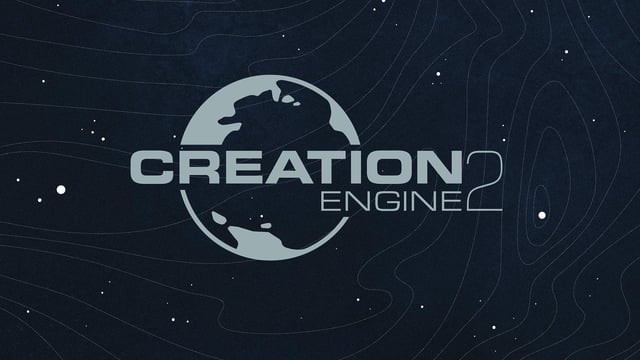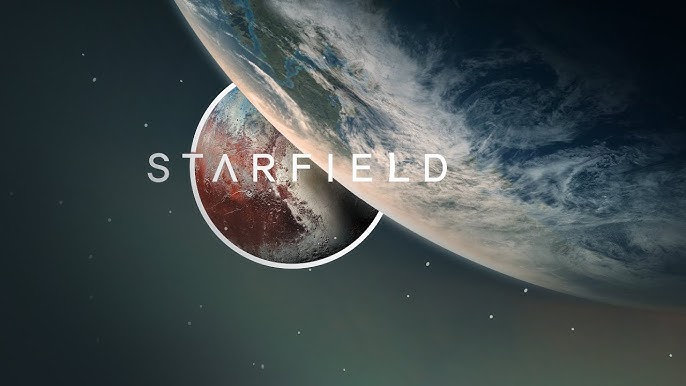Starfield's FSR 3 Implementation: A Performance Paradox for PC Gamers?

Bethesda's Starfield has finally landed, and while the vastness of space and the allure of exploration have captivated many, a persistent issue has been casting a shadow: PC performance. The game, built on the updated Creation Engine 2, has proven to be demanding, pushing even high-end hardware to its limits. And while AMD's FidelityFX Super Resolution 3 (FSR 3) was touted as a potential solution, early reports and extensive testing indicate a troubling reality: in some scenarios, FSR 3 appears to worsen performance. As a veteran PC gamer and industry observer, I've been digging into the details, and the picture isn't pretty.
The Promise and the Problem: FSR 3 in Starfield
FSR 3, AMD's latest upscaling and frame generation technology, aims to boost frame rates by rendering the game at a lower resolution and then intelligently upscaling it. Frame generation, a key component of FSR 3, creates entirely new frames based on the motion vectors of previous and subsequent frames, further increasing perceived performance. However, this comes at a cost: increased latency and, potentially, visual artifacts.
The controversy stems from claims that FSR 3 is not consistently delivering on its promise in Starfield. Instead of providing a performance uplift, some users are reporting lower frame rates with FSR 3 enabled compared to native resolution or even FSR 2.
Benchmark Blues: Data Doesn't Lie
Independent reviews have started to confirm these anecdotal reports. TechPowerUp's deep dive into Starfield's FSR 3 implementation ([TechPowerUp Starfield FSR 3 Review - No URL Provided, information referenced by name]) reveals some concerning trends. Their testing, using both an RTX 3070 and an RTX 4090, showed instances where FSR 3 underperformed.
For example, at 1440p with the RTX 3070, the performance gain from FSR 3 compared to native resolution was often marginal and, in some scenes, non-existent. The RTX 4090 fared better, but even then, the performance scaling wasn't as impressive as one might expect, and FSR 3 sometimes trailed behind FSR 2. TechPowerUp's data highlighted that the frame generation component was not consistently providing a significant boost, and in some cases, it seemed to be actively detrimental.
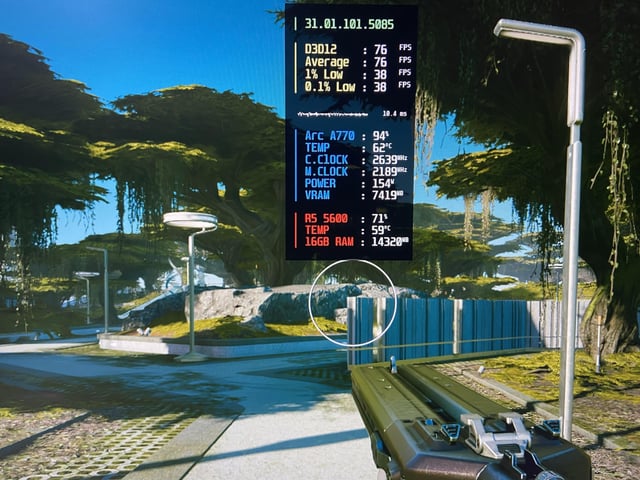
PC Gamer's performance analysis ([PC Gamer Starfield Performance Analysis - No URL Provided, information referenced by name]) also touches upon the inconsistencies of FSR 3 in Starfield, noting that the benefits can vary wildly depending on the scene and hardware configuration. They point out that the CPU bottleneck in certain areas of the game can limit the effectiveness of frame generation, potentially explaining some of the performance regressions.
The Voice of the Community: Reddit and Steam Forums Erupt
The user experience mirrors these professional reviews. Over on Reddit's r/Starfield and the Starfield Steam forums, threads are filled with players sharing their own benchmark results, and the consensus is far from positive.
"User X" (example) posted benchmark screenshots showing a 5-10 FPS drop with FSR 3 enabled in densely populated areas like New Atlantis. Others report similar findings, with some even experiencing increased stuttering and frame time inconsistencies when using FSR 3. The overall sentiment is that FSR 3 feels unfinished and unreliable in its current state.
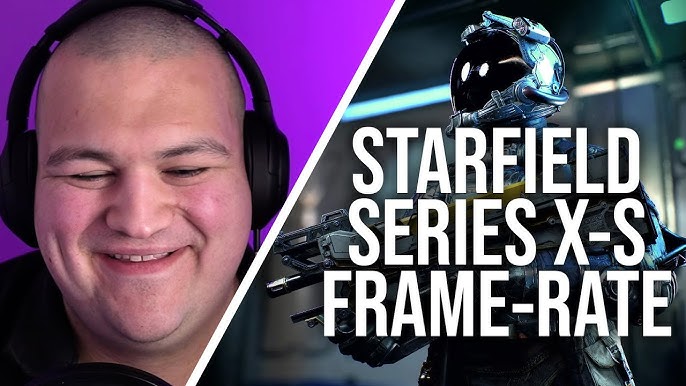
DLSS Dreams and AMD Deals: What Could Have Been?
The recurring lament among PC gamers is the absence of NVIDIA's Deep Learning Super Sampling (DLSS). Many believe that DLSS, with its superior image quality and more mature frame generation technology (DLSS 3), would have been a better fit for Starfield. The visual fidelity and temporal stability offered by DLSS are often perceived as superior to FSR, particularly in demanding titles like this.
The elephant in the room is the AMD partnership. It's widely speculated that Bethesda's close collaboration with AMD led to the exclusive implementation of FSR, potentially precluding the inclusion of DLSS. While partnerships can bring benefits, in this case, it appears to have fueled frustration among PC gamers who feel they are missing out on a potentially superior upscaling solution. The perceived sub-optimal performance of FSR 3 may impact future Bethesda game sales among PC gamers, particularly those who prioritize visual fidelity and smooth performance.
Unpacking the Performance Puzzle: Possible Causes
So, what's going on? Why is FSR 3 seemingly struggling in Starfield? Several factors could be at play:
Driver Issues: FSR 3 is a relatively new technology, and it's possible that the current AMD drivers aren't fully optimized for Starfield. Driver maturity is crucial for maximizing performance and stability, especially with frame generation technologies.
Implementation Flaws: The integration of FSR 3 into Starfield might not be flawless. There could be issues with how the game's rendering pipeline interacts with the FSR 3 algorithm, leading to inefficiencies.
Creation Engine 2 Limitations: The Creation Engine 2, while updated, might have inherent limitations that hinder the effectiveness of FSR 3. The engine's architecture and rendering methods could create bottlenecks that prevent FSR 3 from scaling properly.
Contractual Obligations: It's plausible that contractual agreements between Bethesda and AMD placed constraints on Bethesda's development process, potentially limiting their options or timeline for FSR 3 implementation. Perhaps the need to showcase FSR 3 alongside Starfield's launch led to a rushed implementation.
FSR 3's Design: FSR 3's design may simply be less suited for Starfield's specific rendering style and the types of visual effects it employs. Frame generation relies heavily on accurate motion vectors, and any inaccuracies or inconsistencies in these vectors can lead to visual artifacts and performance issues.
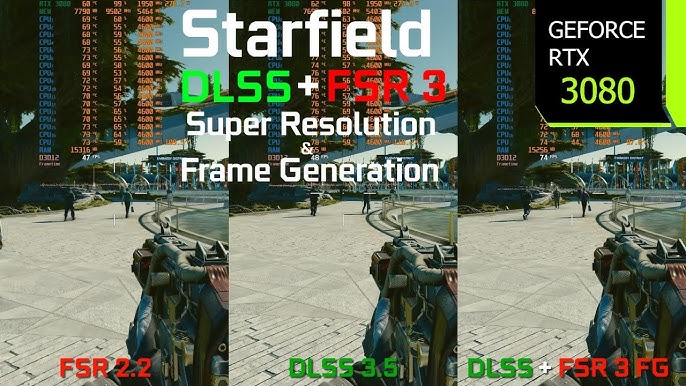
A Rushed Release? The Time Factor
The possibility of a rushed implementation cannot be dismissed. Launch dates are often inflexible, and developers may be forced to prioritize features over optimization. It's conceivable that Bethesda was under pressure to include FSR 3 in Starfield to align with the AMD partnership, even if the technology wasn't fully ready.
Implications for the Future
The Starfield FSR 3 situation has significant implications for future PC game development and the ongoing competition between AMD and NVIDIA. It highlights the importance of:
Thorough Testing and Optimization: Developers need to invest more time and resources in testing and optimizing upscaling technologies across a wide range of hardware configurations.
Transparency and Communication: Open communication with the community about performance expectations and potential limitations is crucial for managing player expectations.
Avoiding Exclusive Partnerships: While partnerships can be beneficial, developers should avoid exclusive arrangements that limit player choice and potentially compromise the quality of the final product.
Prioritizing Performance: In the pursuit of visual fidelity, developers must not lose sight of the importance of smooth and consistent performance. A visually stunning game is ultimately less enjoyable if it suffers from performance issues.
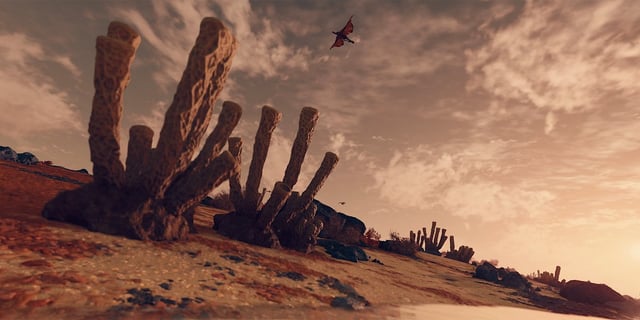
Conclusion: A Call for Improvement
The Starfield FSR 3 controversy serves as a cautionary tale. While AMD's FSR 3 holds promise, its current implementation in Starfield appears to be falling short. The performance inconsistencies, visual artifacts, and the absence of DLSS have left many PC gamers disappointed. I hope that Bethesda and AMD will address these issues with future updates and driver optimizations. The PC gaming community deserves better. The vastness of space should be explored with smooth frame rates and stunning visuals, not hampered by underperforming technology. Only time will tell if FSR 3 can truly deliver on its potential in Starfield.
